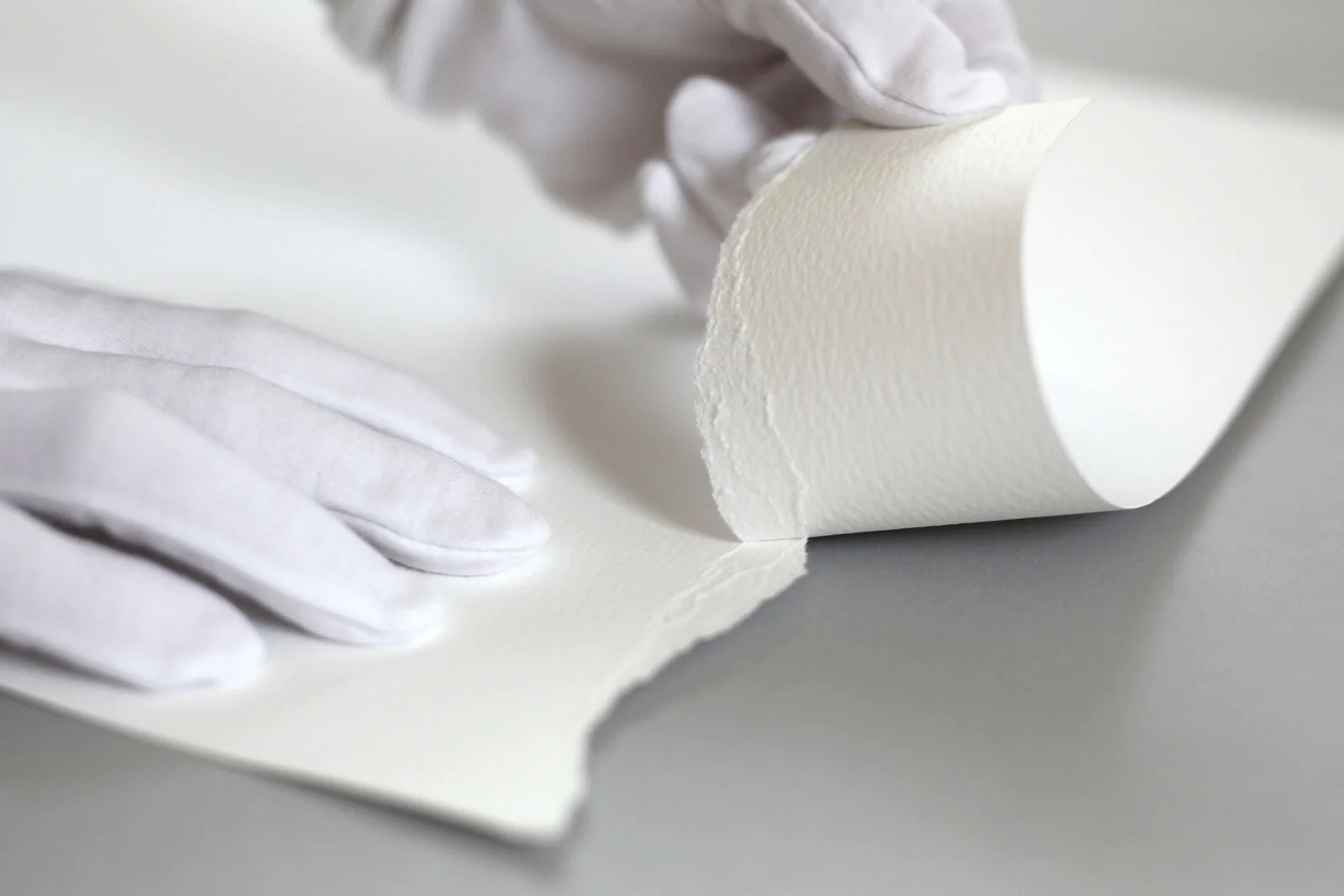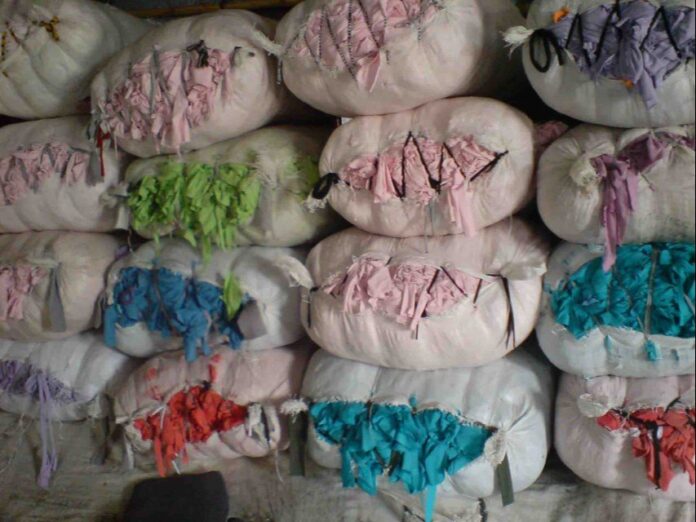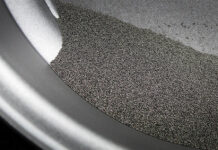How scary is it to imagine how life would be if trees were not there anymore? Humans might entirely cease to exist. However, fortunately, people are becoming more concerned about the current condition of the environment and the diverse and negative effects it can have on human beings. With the ever-growing population, the significance of trees would drastically increase, as would the extent of deforestation.
The need for paper will surely increase, as does the population. However, it becomes more than crucial to limit the usage of disposable or single-use paper napkins and shift to something much more eco-friendly and economical. One such clever choice is using cotton rags or wiping cloths made from natural materials. As the public becomes more aware, the reasons behind the production of cotton rags bulk are becoming clearer. This article will prove this point even further through elaborate points.
Pointers That Prove That Cloth Would Always Stand Out Over Paper
Every industry is entirely shifting to products that are better for the environment. The largest number of consumers belong to the younger generation, who tend to be much more active in ecological reforms. Hence, this shift in the industry and cotton rags overpowering the paper towel industry is justified.
Here are a few more points to make the statement clearer:
Durability Is Never A Question In the Case Of Cotton Napkins
When someone uses a paper napkin, they soak up all the water and tear it apart after just one use. This causes several paper napkins to be wasted. Sometimes, you might need multiple paper napkins to wipe off a spill.
When a cotton rag is considered, it is a lot more absorbent and can be used for weeks without getting even a bit damaged. If the cloth gets wetter, it can be wrung out and used again. Moreover, as they are made of cotton, they can be washed like normal clothes and would be as good as new to be used again. This way, it also cuts down the cost of buying paper towels every once in a while!
They Are Extremely Versatile And Are Used In Nearly Every Industry
The suppliers manufacture cotton rags from different sizes to even textures for every purpose and industry. Be it the factories, healthcare, or even as simple as household uses; cotton napkins are taking over the scenario and surely being preferred a lot more than their alternatives, which are non-durable and end up being a lot more costly and eventually harm the environment.
This product is used in the kitchen to whip surfaces and clean items. Similarly, cotton rags can be used extensively in factories for cleaning purposes. Moreover, inflammable cotton is safer to use in places with processes that require fire.
As for the healthcare industry, cotton napkins are often used to sanitize places or wipe off minor spills and as cleaning cloth.
Cotton Is Non-Abrasive And A Soft Material
When laboratories or hospitals are considered, it becomes very important to use non-abrasive materials, as these places take care of very sensitive scenarios. Paper only lasts after one use and can often be rough if the quality is not good. However, cotton rags are a much more reliable and eco-friendly alternative and can be used in any situation and rinsed off easily.
No Wastage And An Important Step Towards Sustainability

Cotton rags, being durable, can be used a lot more times than just once, unlike paper towels. Paper ends up filling the landfills, and even in the manufacturing process of paper and wood pulp extraction, a lot of waste is there, and at times, it also increases the carbon footprint. Moreover, removing trees also takes away the habitat of various species.
When someone uses cloth towels, they reduce this waste production to a huge extent and stop several trees from being cut down. Sustainable living takes a step ahead when someone chooses to use cotton rags over paper.
Reduction in Carbon Footprint and Conservation of Resources
One cannot overlook the broader environmental implications associated with the production of paper products. The process of turning wood into paper is energy-intensive. It involves cutting down trees, transporting them to mills, pulping, and then the subsequent manufacturing process, each step consuming significant energy. This cumulative energy consumption, much of which comes from non-renewable sources, results in a substantial carbon footprint.
On the contrary, cotton rags have a much-reduced environmental impact over their lifespan. Once cotton is grown and processed, its reuse as rags doesn’t consume additional energy to the same extent as producing paper towels from scratch. Additionally, water consumption is another aspect.
Massive volumes of water are needed to produce paper, but cotton rags, once made, only require water for periodic washing, which is relatively minimal and can be done using greywater or even rainwater in many instances. The shift to cotton rags therefore contributes not only to saving trees but also conserving water and energy resources, presenting a compelling case for industries and consumers alike.
Economic Upsides for Communities
Beyond the environmental benefits, the rise of cotton rags has economic implications. Growing cotton and the subsequent manufacturing of rags can offer employment opportunities to communities. Cotton farming, if done sustainably, can become a consistent source of income for farmers. This contrasts with the boom-and-bust cycle often associated with tree logging for paper, where once forests are cleared, communities can be left without resources or employment.
Furthermore, there’s potential for localized production of cotton rags. Smaller enterprises can enter the market, focusing on producing high-quality, artisanal rags, potentially even incorporating traditional weaving techniques and patterns. This can be a source of cultural preservation, allowing communities to celebrate their heritage while catering to a modern demand. Such endeavors could also attract tourism and appreciation for craftsmanship, further boosting local economies. The cotton rag industry, therefore, can act as a catalyst for revitalizing local economies, promoting sustainable farming, and preserving cultural traditions.
Conclusion
Environmental concerns and the higher efficiency of cotton rags are overpowering the preexisting paper napkin industry with a blow. It is anticipated to reach even further in the trajectory in the next few years and will not back down.
With a huge population choosing sustainable practices, it would not be a dream we would have a greener, cleaner, and better earth to live in and preserve for future generations.












